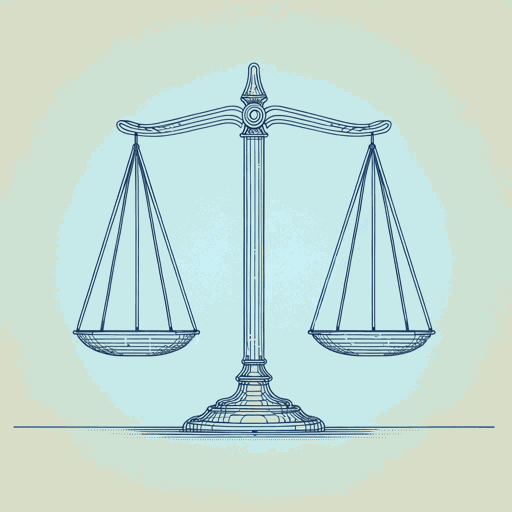44 pages • 1 hour read
Mary L. DudziakCold War Civil Rights: Race and the Image of American Democracy
Nonfiction | Book | Adult | Published in 2000A modern alternative to SparkNotes and CliffsNotes, SuperSummary offers high-quality Study Guides with detailed chapter summaries and analysis of major themes, characters, and more.
Index of Terms
Bolling v. Sharpe
Bolling v. Sharpe was a 1954 court case, in which the United States Supreme Court ruled that it was unconstitutional for public schools in Washington, DC, to be segregated between Black and white people. It was one of several Supreme Court cases under the Truman and Eisenhower administrations that Mary Dudziak argues paved the way for Brown v. Board of Education.
Brown v. Board of Education
With its ruling in the case Brown v. Board of Education in 1954, the United States Supreme Court ruled against racial segregation in public schools. This is considered one of the most important and consequential decisions in the history of the Supreme Court. It is believed to be such because its legal precedents helped bring about the end of racial segregation in the United States altogether. Also, it brought about some of the most shocking events and images in the history of civil rights activism, as angry white mobs tried to prevent Black children from entering a high school in Little Rock, Arkansas.
Civil Rights Act of 1964
The Civil Rights Act of 1964 was a law passed by the United States Congress outlawing discrimination based on race, skin color, religion, and national origin in public and educational accommodations, voter registration, and employment. It was originally backed by President John F.

